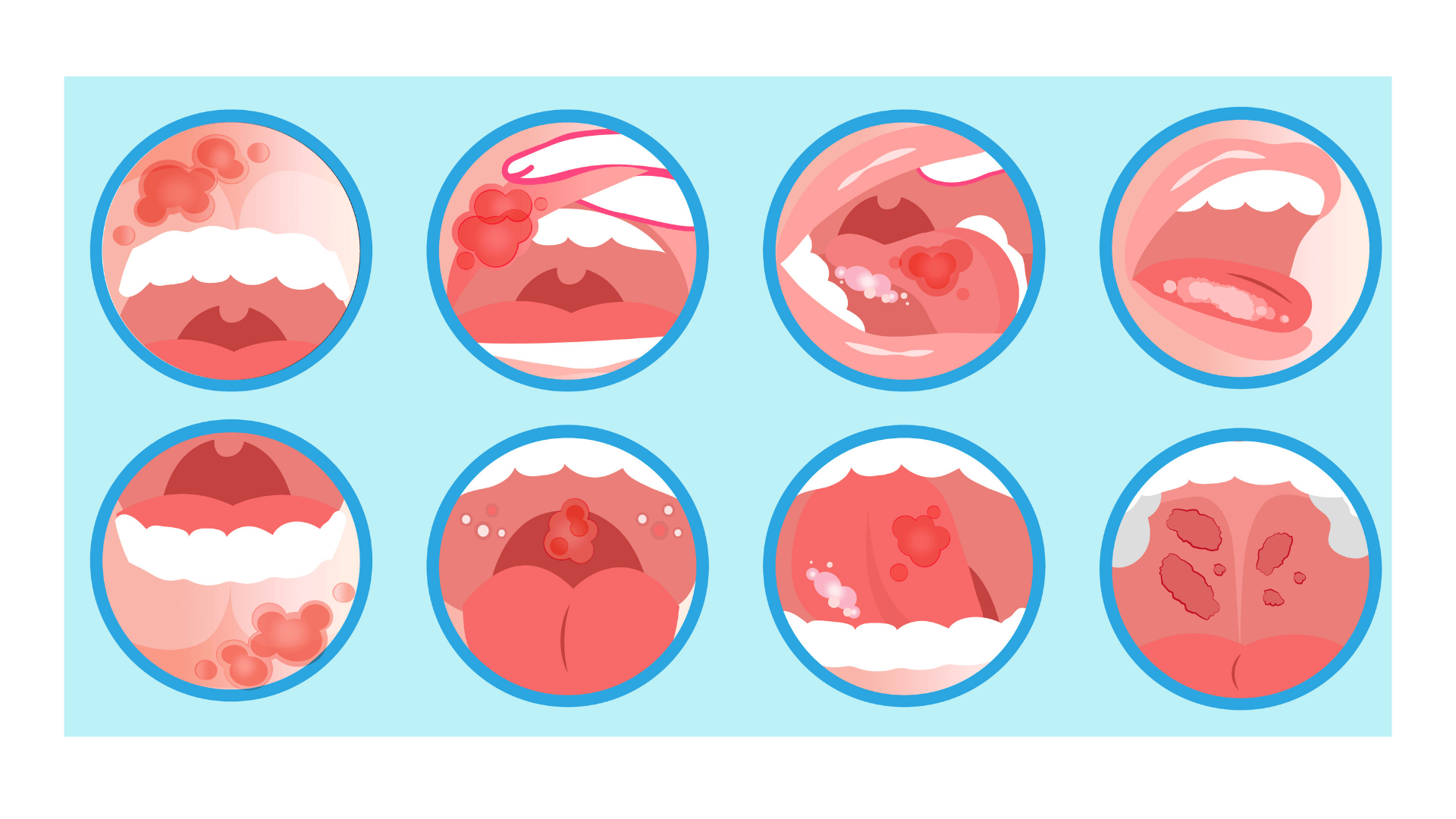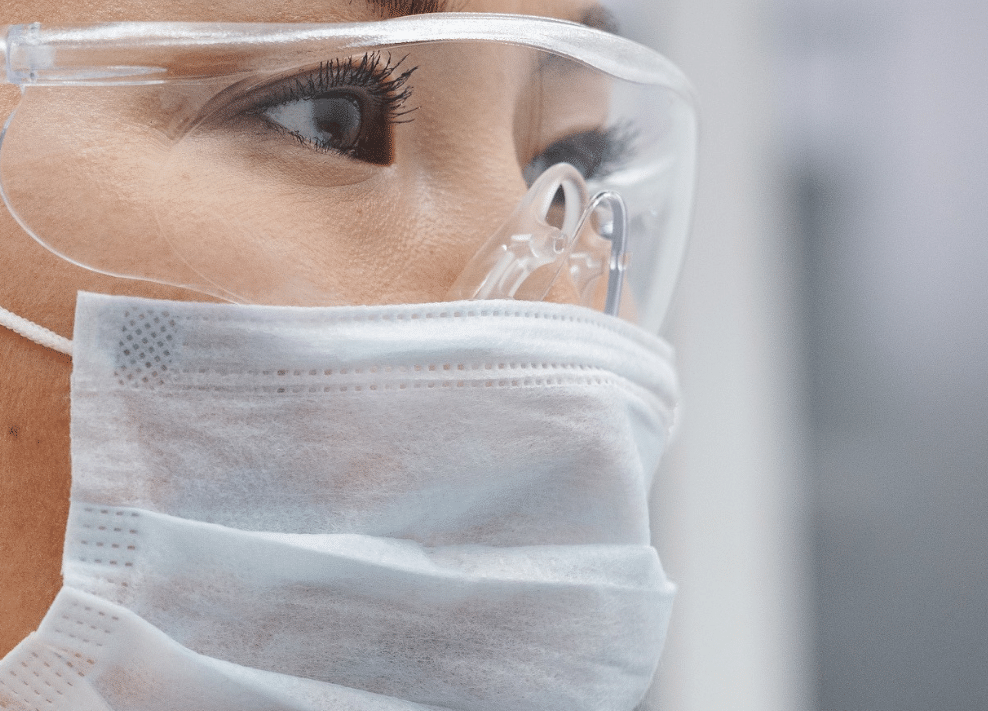Oral cancer
When oral cancer is diagnosed in its earliest stages, treatment generally is very effective. Any noticeable abnormalities in the tongue, gums, mouth, or surrounding area should be evaluated by a health professional as soon as possible. During an oral cancer exam, we will thoroughly examine the maxillofacial and oral regions for signs of pathological changes.
It is important to note that approximately 75% of oral cancers are linked with modifiable behaviours such as smoking, tobacco use, and excessive alcohol consumption.
Early detection
Oral cancer starts in the cells of the mouth, tongue, or throat. It can often be detected in its early stages with an oral cancer screening exam which is a routine part of your regular dental check-up. There are many different places in the oral cavity and maxillofacial region where oral cancers can occur:
- Lips
- Mouth
- Tongue
- Salivary glands
- Oropharyngeal region (throat)
- Gums
- Face
Your dentist will feel for lumps or irregular tissues in your neck, head, face, and inside your mouth and look for sores or discoloured tissue in your mouth.

Things to watch for
Red patches and sores
Red or white patches on the floor of the mouth, the front and sides of the tongue, the cheeks, or the gums that fail to heal can be indicative of pathologic changes.
Leukoplakia
A white or gray lesion that can appear anywhere inside the mouth, leukoplakia can be cancerous or become cancerous without treatment.
Lumps
Soreness, lumps, or the general thickening of tissue anywhere in the mouth can indicate pathological problems.
Oral cancer exam
The oral cancer exam is both visual and tactile and is completely painless. During exam, we look for abnormalities and feel the face, glands, and neck for unusual bumps. If abnormalities, lesions, or lumps are apparent, we may perform a biopsy.
Biopsy
A biopsy is the removal or partial removal of abnormal tissue. The sample is sent to the University of Toronto’s Department of Oral Pathology for microscopic evaluation. Results usually take one or two weeks, and we will review the findings with you when they are received.
Follow-up
Your dentist will review the results of the biopsy with you and from there, he or she will discuss an appropriate treatment plan, based on those findings.

